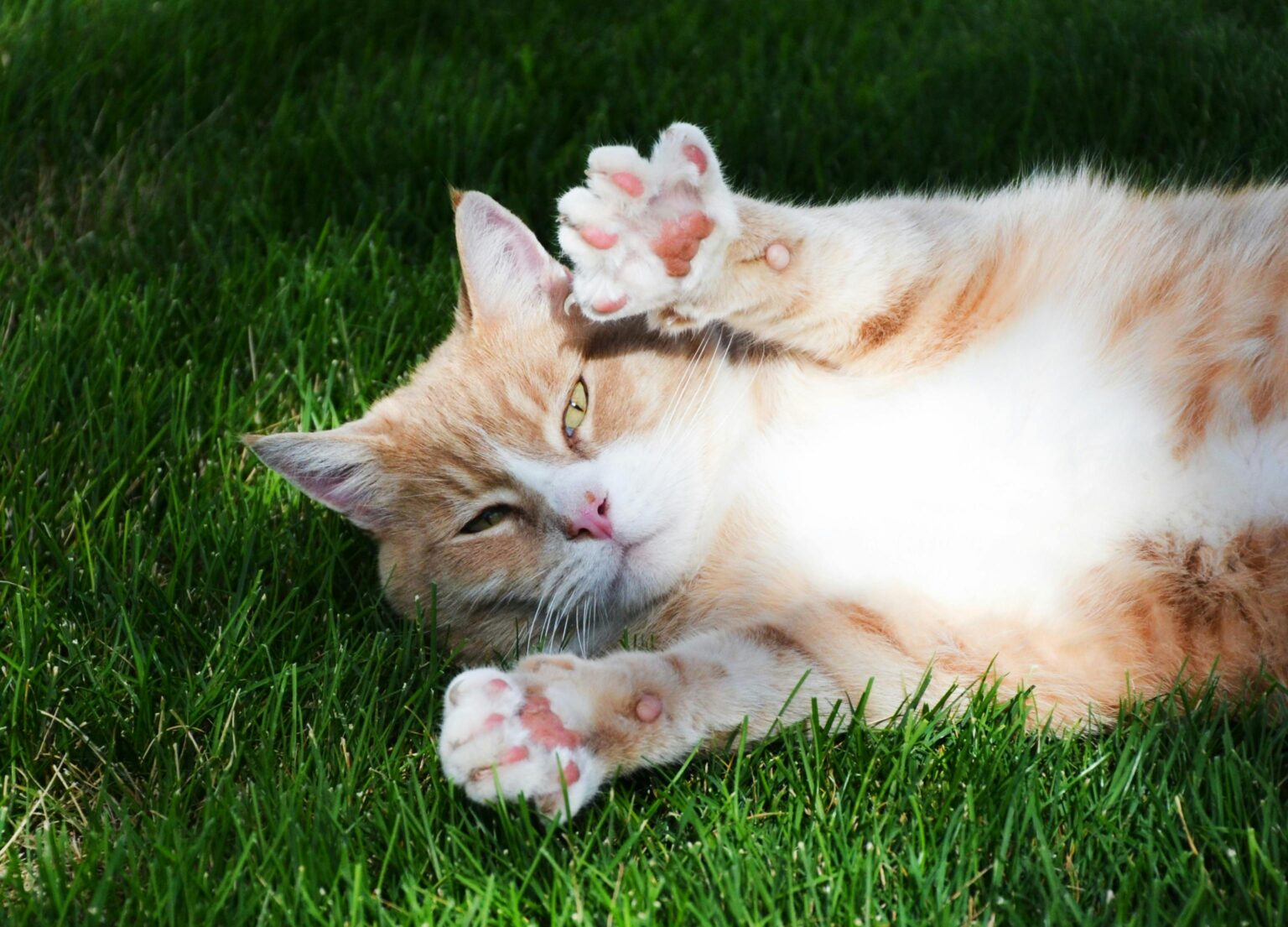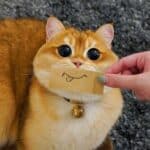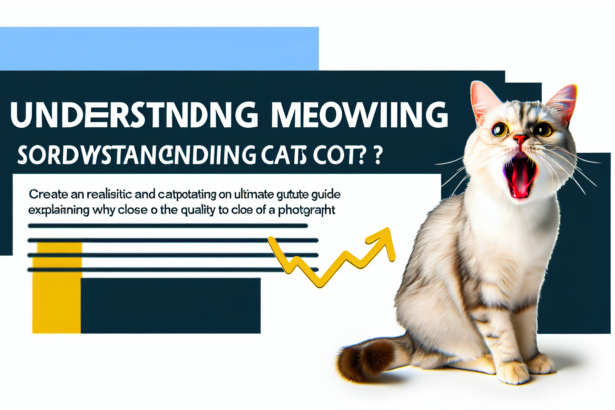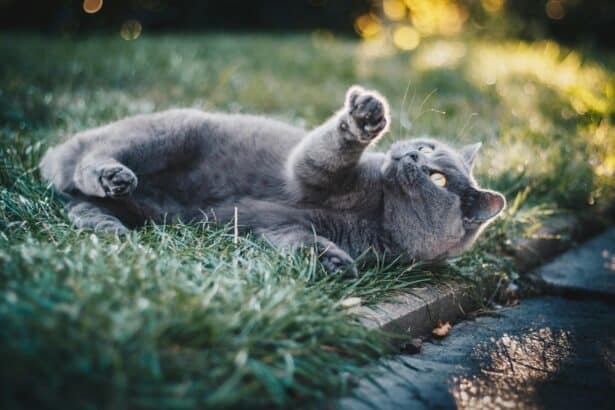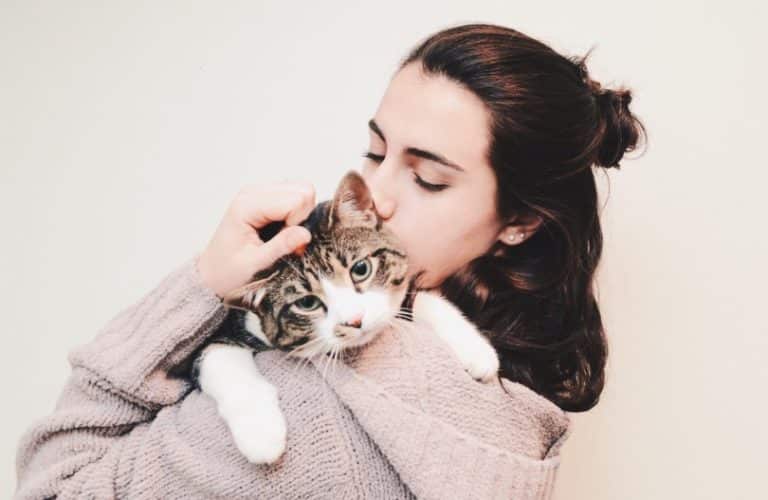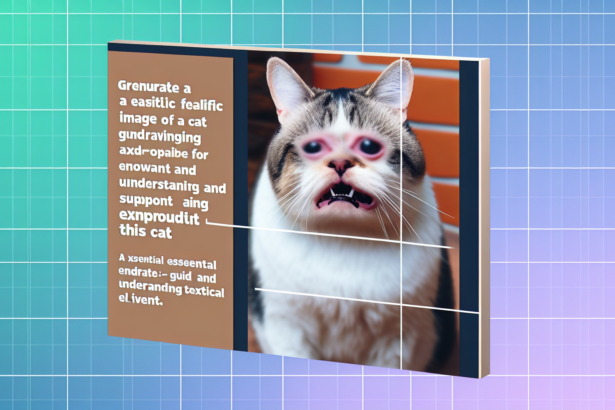Why cats paw: Origins and meanings of this behavior
The instinctive origins of pawing in cats
Why cats paw is a question that intrigues all feline enthusiasts. You’ve probably already observed your fur ball gently kneading your favorite plaid with its little paws. This adorable behavior, called pawing, has its roots in your cat’s tender childhood.
- Why cats paw: Origins and meanings of this behavior
- The instinctive origins of pawing in cats
- The emotional significance of feline pawing
- Common contexts in which cats waddle
- Understanding pawing to strengthen your bond with your cat
- Identify the positive signs associated with skating
- How to react when your cat paws at you
- Mistakes to avoid when your cat is pawing
- The benefits of pawing for you and your cat
- The relaxing effects of pawing on your cat
- Emotional benefits for cat owners
- How to encourage positive pawing in your cat
- Adorable anecdotes and curiosities about cat pawing
- Touching stories of grazing cats
- The fun of pawing in different breeds of cat
- Patronage in popular culture and social networks
- Conclusion
- FAQ: Frequently asked questions about cat pawing
- From birth, kittens instinctively paw their mother’s belly to stimulate milk production.
- This gesture becomes a reassuring memory, associated with maternal warmth and security.
- In adulthood, pawing remains a natural expression of comfort, well-being and emotional security.
The emotional significance of feline pawing
Your cat also paws to express its positive emotions towards you:
- A sincere expression of affection and trust towards his favorite human.
- A clear indicator of deep relaxation and serenity.
- A way of telling you that he’s happy, satisfied and perfectly at ease by your side.
Common contexts in which cats waddle
Your feline companion often chooses special times to paw:
- During cuddly sessions, comfortably seated on your lap.
- Just before going to sleep, as a relaxing ritual.
- When he feels particularly secure in his familiar environment.
Understanding pawing to strengthen your bond with your cat
Identify the positive signs associated with skating
To better appreciate this tender gesture, learn to recognize the positive signs that accompany it:
- Soft, regular purrs, accompanied by a relaxed look.
- A relaxed posture, with gentle, rhythmic leg movements.
- An active search for your physical proximity, a clear sign of attachment.
How to react when your cat paws at you
Here’s how to welcome this affectionate gesture to strengthen your bond:
- Welcome him positively, speaking softly to show him that you appreciate this moment.
- Provide him with a calm, reassuring environment conducive to his well-being.
- Avoid any sudden gestures that might interrupt this special moment.
Mistakes to avoid when your cat is pawing
Watch out for these common mistakes that could affect your relationship:
- Never push your cat away abruptly when it wades: it could interpret this as rejection.
- Don’t minimize this affectionate behavior: it’s a precious token of love.
- Don’t confuse patting with an aggressive gesture: on the contrary, it’s a sign of trust.
The benefits of pawing for you and your cat
The relaxing effects of pawing on your cat
Pawing is not only adorable, it’s also good for your cat:
- It significantly reduces stress and anxiety, promoting emotional balance.
- It facilitates restful sleep, essential for physical and mental health.
- It contributes to his general well-being, making him happier and more fulfilled.
According to a recent veterinary study from the University of California Davis, behaviors such as pawing and purring have proven beneficial effects on cats’ emotional and physical health. Click here for the full study.
Emotional benefits for cat owners
For you too, these little moments of tenderness are precious:
- They reinforce the feeling of mutual attachment and love.
- They reduce your daily stress and increase your personal well-being.
- They create special moments of complicity and shared relaxation.
How to encourage positive pawing in your cat
To encourage this adorable behavior, here are a few tips:
- Create a comfortable and secure environment, with soft cushions or a soft blanket.
- Give her regular cuddles, always respecting her rhythm and preferences.
- Avoid forcing him to paddle: let him come to you naturally to build up his confidence.
Adorable anecdotes and curiosities about cat pawing
Touching stories of grazing cats
Who hasn’t melted in front of a video of a cat pawing? On Instagram or TikTok, these touching little gestures melt millions of hearts. Did you know that the famous Grumpy Cat, despite his sulky appearance, loves to paw at his favorite blanket?
The fun of pawing in different breeds of cat
Some breeds are particularly well known for their intensive shepherding:
- The Maine Coon, with its big, bushy paws, is often a champion pawer.
- The Siamese is very expressive, often pawing and purring loudly.
- The Persian, with its gentle, calm character, skates delicately, almost like a prima ballerina.
Patronage in popular culture and social networks
Pawing has become a truly viral phenomenon, a universal symbol of feline tenderness. Memes and videos of cats pawing are an integral part of web culture, bringing smiles and comfort to millions of Internet users every day.
Conclusion
Why cats paw is no longer a secret to you! This adorable gesture is much more than a simple habit: it’s a precious token of affection and trust. By better understanding this behavior, you’ll strengthen your bond with your feline companion even more. To discover even more fascinating secrets about our feline friends, feel free to explore more exciting articles on our Pawtounes.fr blog!
FAQ: Frequently asked questions about cat pawing
- Why does my cat paw at me before going to sleep? It’s a reassuring ritual that reminds her of her childhood.
- Should I worry if my cat never waddles? No, every cat has its own personality and habits.
- How can I prevent my cat from hurting me while I’m pawing? Trim his claws regularly or place a soft blanket between you.
- Is pawing a sign that my cat is happy? Absolutely, it’s a clear sign of well-being and confidence.


